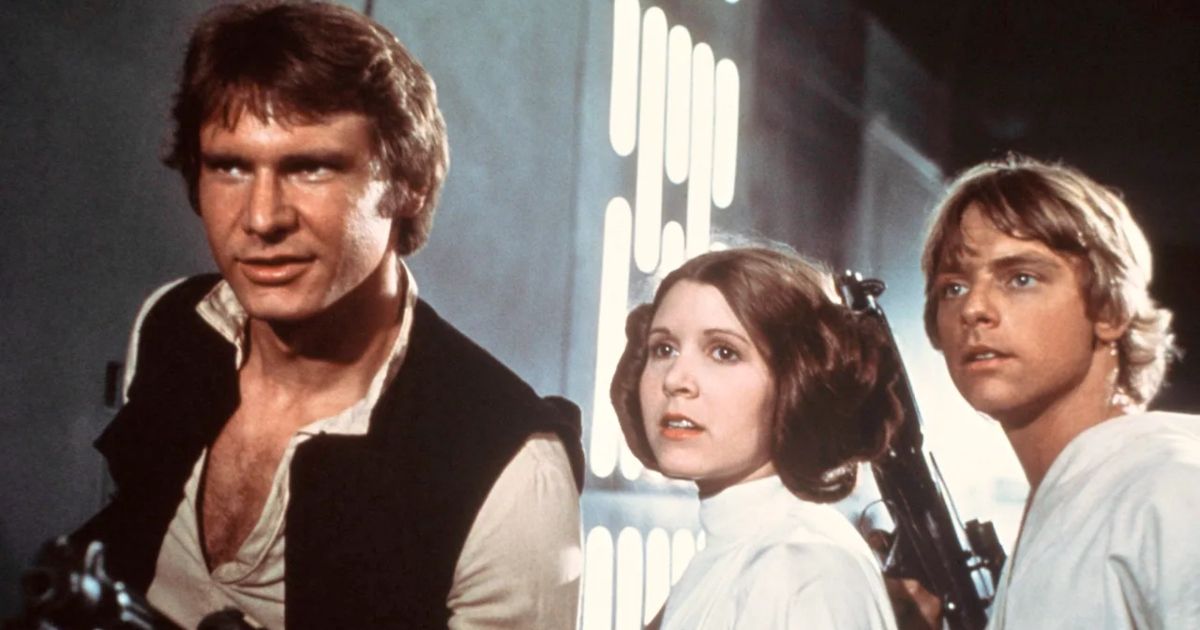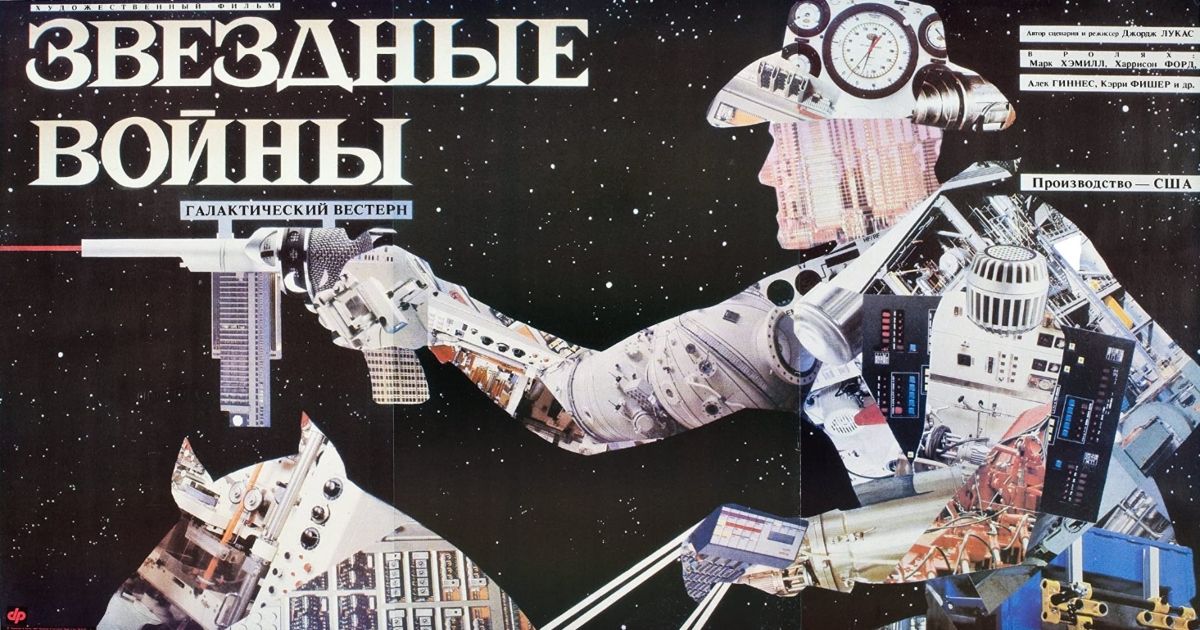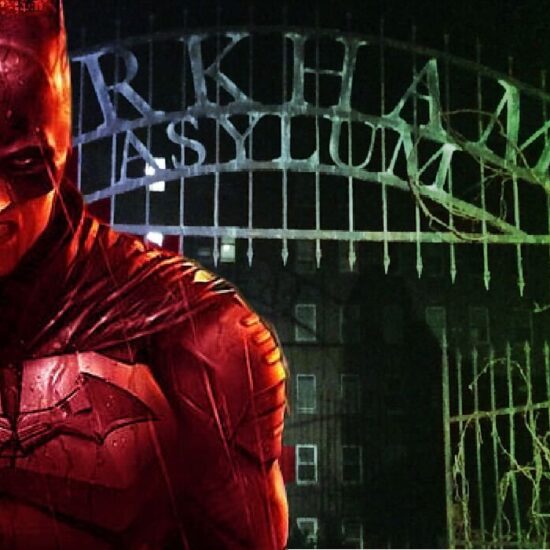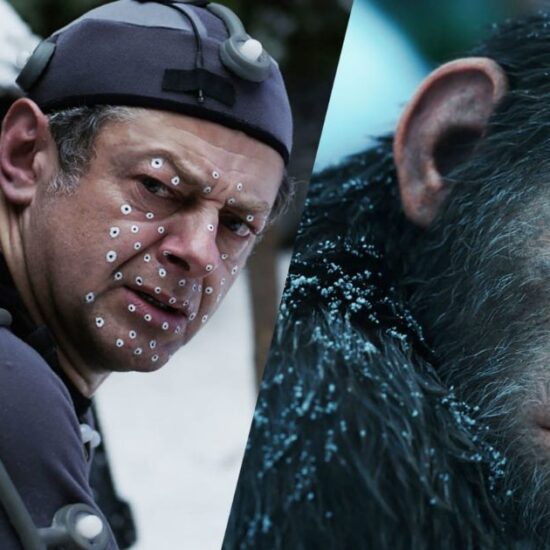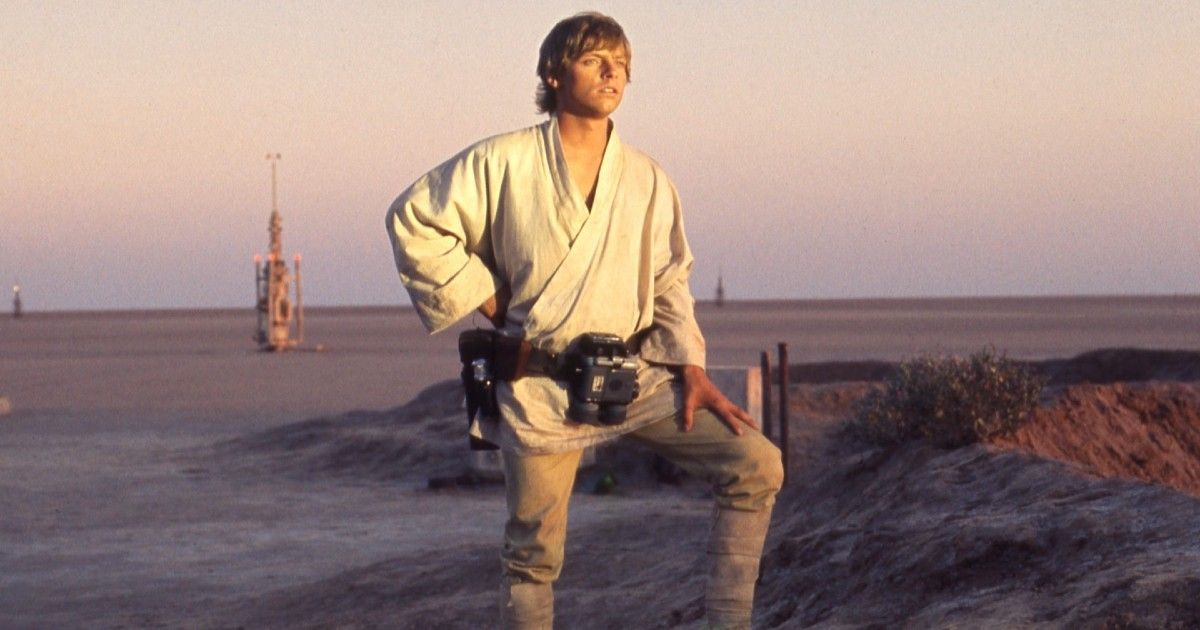
Long ago, films ran for a short time in large cities, slowly dripping down to the sticks, as the reels of films were passed down to smaller theaters in the back of a truck, until it became a burden that no longer had any value. The life cycle of a movie in 1976 was short and not particularly glamorous. Star Wars challenged that model, forcing the industry to reassess how they appraised scripts, sold movies, and advertised them.
Much has been made about the national climate and international politics of the day that lent the escapist fantasy film such an eager fan base. The technically advanced film would probably have performed well in any case. That is, if anyone ever got the chance to see it. Director/writer George Lucas had an immense amount of faith in his weird pet project. He was the only one. With neither Fox, movie theater exhibitors, nor some of the actors thinking much of the film’s script or prospects, Star Wars should have cratered at the box office.
The public’s first introduction to the Star Wars universe was not that of a slick, well-oiled machine, but a sputtering, embarrassing mess. Star Wars, quite the contrary to what it is today, started out bereft of positive press or a strong promotional push in televised ads. What it had in spades was good word of mouth. The film succeeded despite the actions of those showing it, not because of it.
Star…What?
Retailers and movie exhibitors were keen business people, but even they had no clue what kind of circus they were about to find themselves in the summer of 1977. The typical promo material was distributed to theaters, no big deal. Anyone visiting the lobby in 1977 would have heard this playing on a loop for weeks straight in the lead up to the film. Mark Hamill remembered the panic he felt when he heard the movie trailer ridiculed in a theater weeks prior to the debut: “So we both laughed, but after we laughed, we kind of went, ‘Uh oh'” (via THR). Oh, and that A New Hope appendage was slapped on until years later. In the film’s debut (and many years after) no one ever actually called it that.
Still, the craze caught theater owners by surprise who refused to even bid for the right to show it. “In the months before it opened, a lot of the older guys thought of Star Wars as a kiddie movie,” a theater owner fessed up to. “The cast meant nothing, and no one knew who George Lucas was.” The space epic spurned in favor of the hotly awaited movie The Other Side of Midnight. Go ahead and Google that movie if that title sounds made up. We definitely had to.
Not off on the best foot, unfortunately the film was also weird and so huge that no one knew how to handle the fervor as viewers demanded more space-opera content. In the U.S., it was only slated for distribution in 32 multiplexes nationwide the first week, but required about 40 times that number of seats to meet demand, as people waited hours in line. It was a surreal problem for theater owners to have, forced to deal with long lines as half the theater sat empty, space rented out to other films no one wanted to see.
The Unquenchable Thirst
Movies frequently ran for months, or longer if demand allowed it, but when the film could not be screened, alternate, more abstract substitutes took their place. VHS tapes were not a reality for 99% of the public due to the price, so fanboys settled with re-experiencing the film in the most non-cinematic way possible: a dude summarizing the plot on a record. Gripping stuff. A movie in 1977 was lucky to get a late-night TV viewing for insomniacs or a screening at a film festival if you were fortunate enough to live in NYC, LA, or London, where film reels could be obtained. That was it. Average people got one chance to see a movie and then the celluloid disappeared into a vault, slowly rotting into goo.
Lucas had anticipated mass interest, commissioning Alan Dean Foster to ghostwrite a novelization of the working script into a book in 1976. It bore little semblance to the film, and it surely only confused readers. Nothing of substance (that was officially licensed) reached shelves until the next year. The dam would burst in the next two decades, but for the first couple years, fans were on their own. In the vacuum, fan-fiction began to sprout up within weeks. Some of that old stuff setting around your neighbor’s yard sale might be worth a buck or two if you know what to look for. For years, it was the only Star Wars media anyone would see, not counting the Christmas Special in 1978, a monstrosity that Lucas immediately shelved forever and shoved into a memory hole.
The Lamest Christmas Ever
What’s Christmas morning with no toys under the tree? Ask a Star Wars fan in December 1977. As the film hit theaters, the craze became apparent, however, the rush to commercialize the film into merchandisable paraphernalia was plagued by shortages, the Kenner people slow on the uptake. What did kids get instead? A cardboard certificate, because as the Kenner adverts specified, the 3.75 inch action figures were “not yet available.”
Kids had to wait as late as June ‘78 for some “early-bird” sets of fairly rushed, ugly plastic models. Time was crucial, the IP owners forced to act as pirated, unlicensed goods flooded the market, disappointing kids and traumatizing countless pets. Kenner and Lucas were losing millions at the precise time hilariously-bad knock-offs saturated film theaters across the world. Everyone was getting in on the bonanza, even if all the crap wasn’t officially licensed or made any sense whatsoever, such as the Japanese “sea chicken” brand.
And this is where it gets especially surreal. It is quite probable — at least judging on the plethora of head-scratching posters from around the world, especially behind the Iron Curtain where it was reinterpreted as some kind of Western with robots — that many people involved with marketing and advertising had never actually seen it, received a properly translated version, or knew what it was about.







